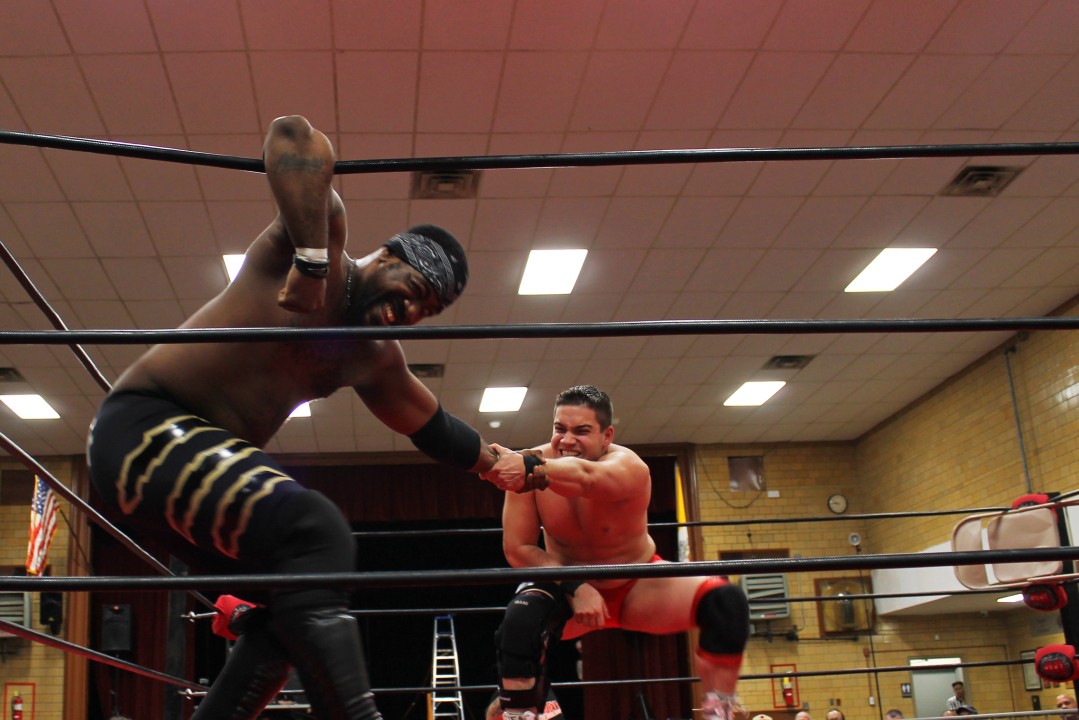It’s five words that make me grind my teeth and clench my fists. It’s often repeated, casually thrown around, and accepted as if it’s a natural and obvious part of life – and it’s absolutely false.
In my line of work I am asked to change organizations, and one of the first questions I get asked before starting is: “How do you handle people that don’t want to change?” Before answering I take a deep breath, do my best to let my irritation at the idea recede, and then I give the following answer: “People don’t want to be changed, and neither do I.”
Change is a natural and normal part of life, and we all do it every day. Whether or not you do it consciously or subconsciously, we act every day based on our needs, our desires, and our talents. Those changes may be so small that they’re imperceptible, or they may be life-changing events that we will never forget. Regardless of the person, the time, or the place, when faced with a situation that somehow isn’t in balance with our needs, our desires, or who we are, we act to rebalance the situation.
How to change people
Even people who in our eyes never seem to change are continually working to adapt themselves. It takes an incredible amount of energy and practical ingenuity to maintain a stable and consistent way of life when the world around you is constantly changing. Think for instance of repressive governments in different parts of our world: We have had repressive governments for thousands of years, so in many ways you could say that the people who are these governments haven’t changed. On the other hand they have definitely had to change to adapt to massive social and technological changes such as the increasing demand for equality between women and men, the pervasive use of social media, and globalization. To maintain the control they need over their lives they have changed their methods to meet the needs of the modern world.
Now you may be thinking: “Hey Andrew, that’s not what I mean by change! I mean: How do you get people to change – to do what you want them to do?” The answer? You don’t. You can not and will not ever change someone. Change comes from within, and it only happens in line with an individual’s needs, desires and talents. Want to change someone you know with self-destructive habits? You can’t. You can only help them discover where the need to damage themself comes from. Want to change someone in your organization to get them excited about your great new idea? You can’t. You can only explore together to what extent your new idea is aligned with their needs, desires, and talents.
The main reason for organizational change failing is the belief that you can change people. The second reason is the way we currently design our organizations. Since the industrial revolution we have designed organizations around the metaphor of a machine: People are resources, they are put into functions, and together those functions are a machine that create output. If you lead an organization designed around functions and you decide to change course, you will always encounter resistance. Because you have linked functions directly to people (“Jane is a Market Analyst”), one day you will need them, and the next day you will throw them out for something new. If people are assigned to and represent functions, then they will naturally feel threatened by organizational change.
Empower Purpose
The alternative to functions is to organize around purpose-based roles. You focus on that which does not or rarely changes: the purpose of your organization, and the inner purpose of the people that choose to create the organization. The functions you need (= the work to be done) will change based on time and circumstance, however the purpose remains the same. Think for example of the function ‘Outside Sales’ that is focused on selling a product to potential customers from outside the physical location of your organization. As the market changes and online sales replace in-store sales, and customers demand more product customization, traditional organizations cut back on ‘Outside Sales’ functions and reduce staff.
In a purpose-driven organization that has created purpose-based roles, your sales role would not be focused on the how (outside sales) but rather on the why:
- Building and maintaining purposeful relationships with our customers that continually deliver value to both our customers and our organization.
- Ensuring that customers always have up-to-date and relevant product knowledge to support integrating our products into their lives.
- Support our customers in having the most enjoyable and valuable experience related to purchasing our products.
Do you think someone with such a sales role would have missed the growth in demand for online sales and product customization? Or was that organizational blindspot created by using one dimensional functions focused on the what instead of the why? How much value is lost by an organization when they let go of people that have spent many years of their lives immersed in that organization and with their customers?
Empower Change
By embracing purpose-based roles organizations empower themselves to adapt to a fast-changing and complex world. When it comes time to change your organizational clothes, change the work to be done, or engage a new market, you are set with a community of people whose lives are already aligned with your organizational purpose. It no longer becomes a discussion of ‘you have to do this because I say so’, but rather ‘how can we continue to fulfill our shared purpose given that the world around us is changing?’
The change is then filled in by the talents of your organization, not by a top-down ivory tower vision that excludes the individual reality of everyone in the organization, but by the hearts and minds of the amazing people who have decided to join their lives with yours. Isn’t change an amazing prospect?
